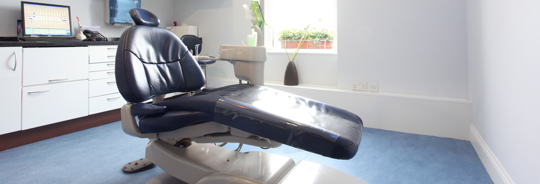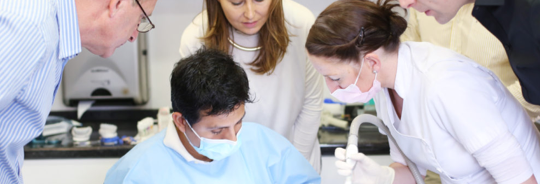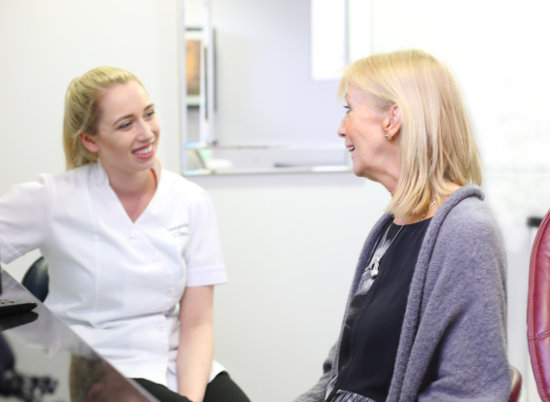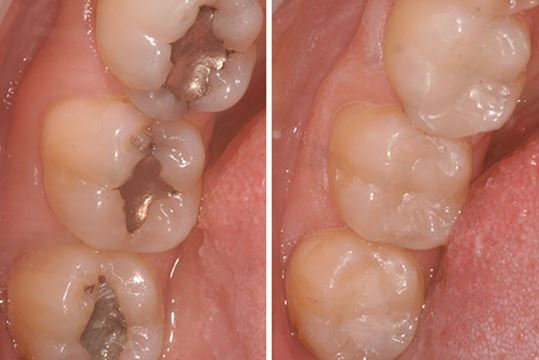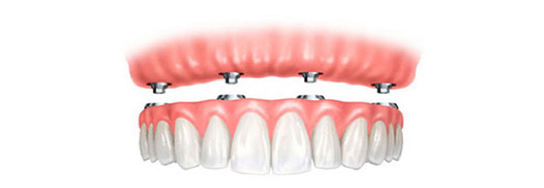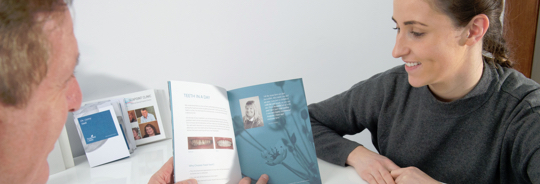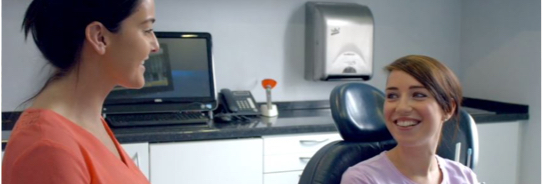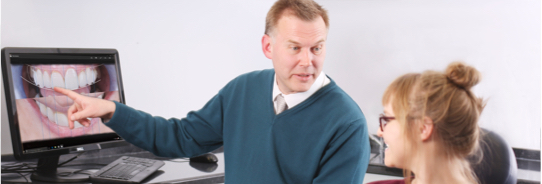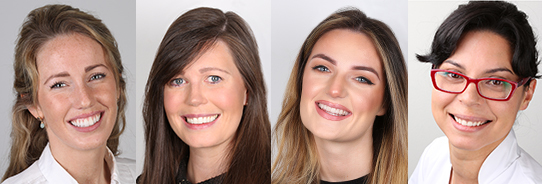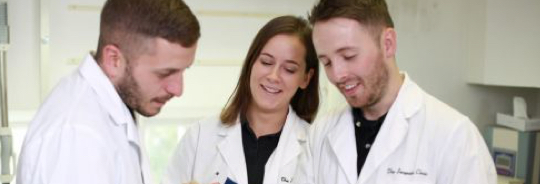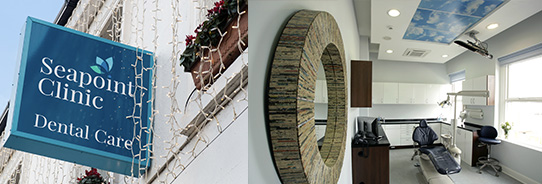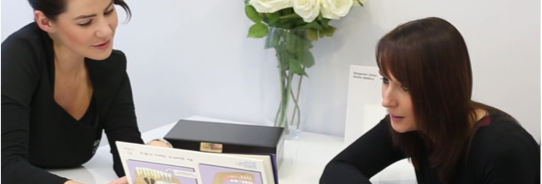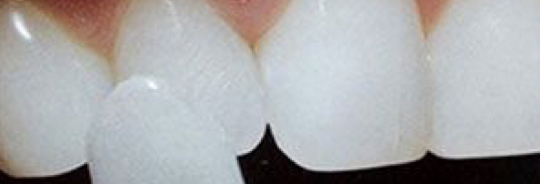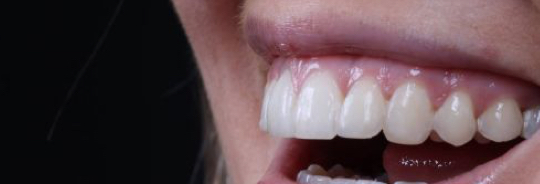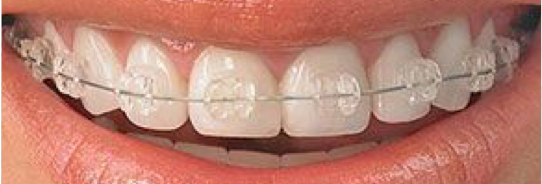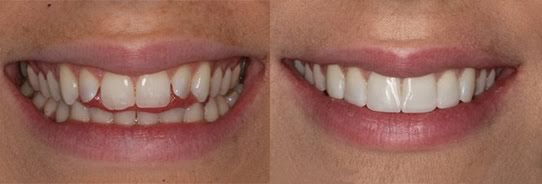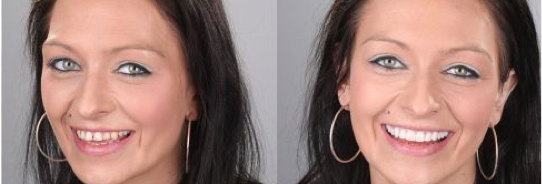

Blog
We post all the latest information here regularly so it's always up to date for you. If there is a topic you would like to have us cover please ask.
20 December 2021
Your Guide to Braces

Most people assume that braces involves wearing bulky, uncomfortable metal braces. However, thanks to advancements made in dental technology and techniques, getting the smile you've always wanted has never been easier! The vast majority of people opt for braces as a teenager, as it's easier to detect potential issues such as a bad bite, gappy or crooked teeth. But that's not to say you can't have orthodontic treatment as an adult. In fact, more and more people are opting for braces from their 20s all the way up to their 70s - there's no age limit when it comes to getting a healthy, natural smile. So, what options are available to you?
Fixed Braces
Fixed braces remain the most common form of orthodontic treatment. Often referred to as 'train tracks', they are able to fine-tune your teeth into the correct position. As modern designs are more sophisticated than in years gone by, they are now smaller and relatively fast acting to reduce treatment time. This will enable you to achieve that great smile in a shorter space of time. You can opt for clear ceramic brackets for a more aesthetically pleasing smile.
Six Month Braces
Six Month Braces are among our most popular forms of treatment at Seapoint Clinic. Six Month Braces focus on the front teeth only and the goal is to give you a healthy smile. These braces are much more inconspicuous than the metal finish braces and often go unnoticed on the patient. They are ideal for those who want their braces to be as discreet as possible.
Invisalign
Invisalign is the ideal treatment for anyone looking to get a healthy, natural smile without people even knowing you're having treatment. We quite often hear of people being put off at the prospect of having orthodontic treatment due to having to wear metal, bulky braces. However, those days are long gone! Invisalign involves wearing a set of customised clear aligners. They allow you to brush as normal and to eat whatever you want during treatment. The average treatment time for this is about a year but can be faster where fewer movements are needed. It also works great for people who have previously worn braces as children and had some orthodontic relapse where the teeth drift back.


